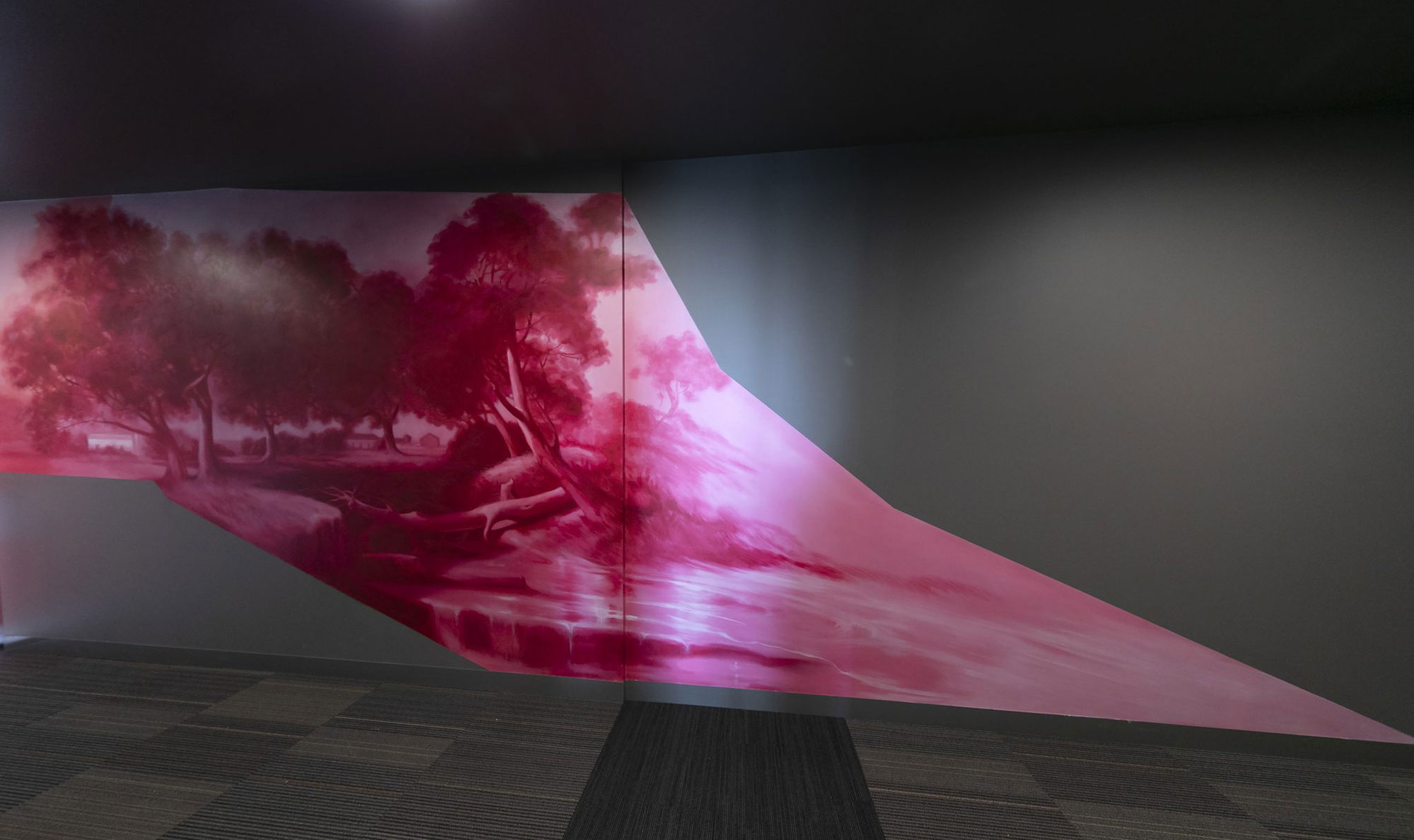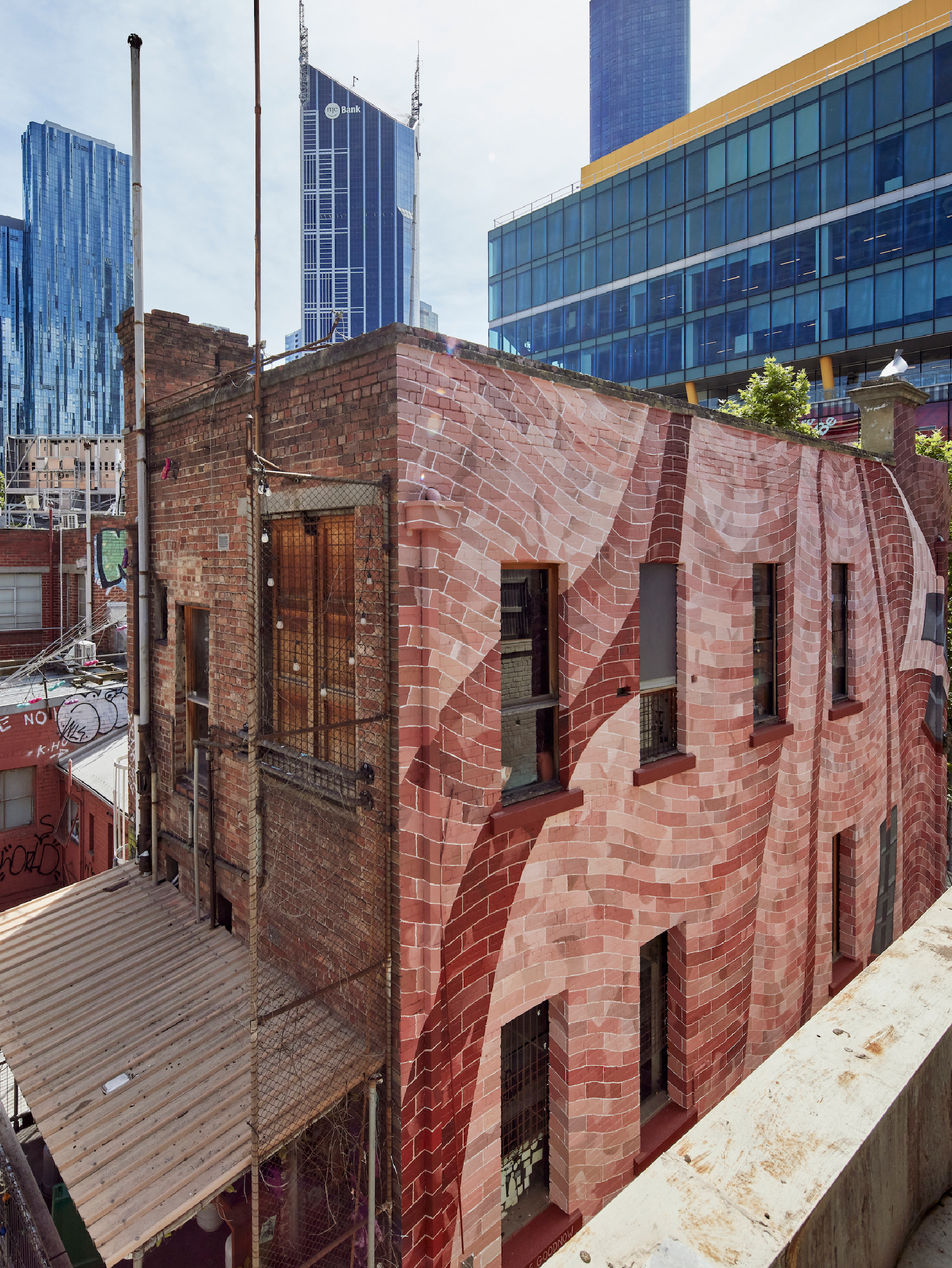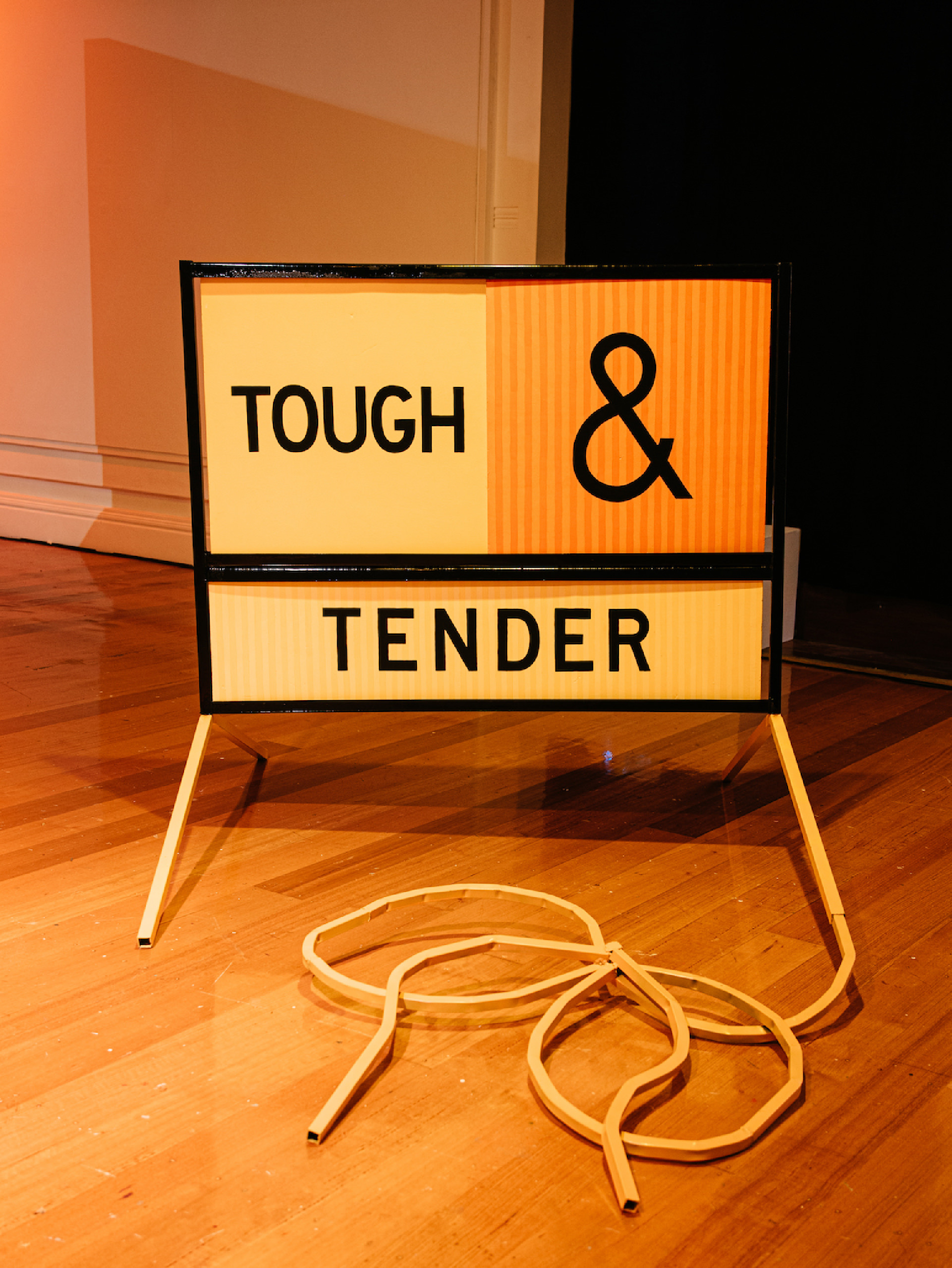Culture
Ideas
May 2023

Type
CultureCera Stribley: Can you take us through your creative process?
George Goodnow: For me, the process often starts with a feeling, experience, observation or conversation, and then quick sketches. I’ve got hundreds of sketches, and many of them will never become anything other than a sketch, but the ones that feel important and stick with me will then be developed further into paintings or sculptures through a series of tests and drafts that are slowly refined.
A lot of my exhibition and installation ideas came from a sketch that was drawn years earlier, but it takes time to find the right opportunity, location, materials, collaborators etc. and organise all the logistics to bring the idea into existence. It’s interesting to see an idea grow and change, especially when working with other people, the outcome is never going to be exactly how you imagined it in the first place, but that’s what makes it exciting – you just have to trust the process and keep that core idea at the heart of what you’re doing.
How does your personal identity and experiences reflect in the work you do?
It’s important for me as an artist to speak to my lived experiences, even if that’s sometimes through metaphor and analogy. As a non-binary and queer person, my work often explores themes of gender and binaries, reflecting on my own experiences and feelings, as well as research. I’m also interested in investigating architecture, ideas of home and the ways we relate to suburban and urban spaces. I was born in California, grew up in Canberra, and have lived in Melbourne for the past seven years, and each of these places have influenced the work I make. My work is mostly inspired by everyday life, the built environment and my relationships.
You recently completed a large mural as part of Melbourne’s Flash Forward initiative and your piece in particular focuses on making rigid structures more fluid. What does this piece reveal about how spaces reflect, orientate and hold bodies?
The mural I completed late last year as part of the Flash Forward program is called ‘Bending Brick’, and it overlays a new brick pattern onto the façade of a three storey brick building in Tattersals Lane in Melbourne’s CBD. The design warps the architecture of the building – bending, curving and folding the brickwork – to create the appearance of a soft or fluid architecture. This subverts the strict horizontal and vertical lines, that make up the rigid structure of a brick wall, and is a metaphor for queer experiences. It speaks to queer experiences of not fitting into imposed societal structures, and bending or disregarding the rules to create other shapes that allow for different ways of being. The work considers how spaces and structures can be transformed, to meet different needs and make room for more experiences, with queer bodies in mind.

A lot of your work circles around the idea of the “queering of normative structures”. What does this mean and how is it shown in your work?
I’m interested in how familiar, everyday objects and architectures can be reimagined in order to tell queer narratives – narratives that challenge binarism and normativity, and celebrate different ways of being, loving and relating to each other and the world. My installations and paintings will often bend, tilt, warp, turn upside-down, or change the texture of objects in order to undermine the authority of these objects and their intended function, and ask viewers to rethink established norms. This is influenced by queer theory and writers such as Judith Butler, Jack Halberstam and Sara Ahmed, and how they analyse gender norms, heteronormativity and social constructs, as well as my own personal experiences.
Recently, I’ve been creating sculptures that transform common road signs and way-finding devices, such as traffic cones covered in small orange hairs and a roadwork sign displaying the words ‘TOUGH & TENDER’ with a delicate bow tied in the metal feet. These works were shown at Platform Arts in Geelong last year, as part of an exhibition with artists Aphir, Carla Zimbler and Dandrogyny.

You have collaborated with a lot of artists on different projects. How do you get involved in these projects and what have you learned from collaborating with so many different artists?
Collaboration is a really important part of my practice. I place a lot of value on these friendships, relationships and conversations, both in my practice and broader life. You learn a lot when collaborating with other people – by developing new ways of working, communicating, blurring boundaries and exploring concepts more deeply – and it constantly pushes you to reframe your practice through new perspectives. I often collaborate with musicians, photographers and video artists, who work in different mediums and have different skillsets to my own, so we can explore mutual interests by combining our unique ways of working, and the process is more interesting together.
What is your favourite work to date and why?
It is probably the ‘Bending Brick’ mural. I had such an amazing team helping to realise this work, and that support from the Flash Forward team meant that I could take on something really ambitious. The work was painted brick by brick, with a brush, so it was a marathon of a project and logistically difficult as it was painted during lockdown, so there were a lot of hurdles – but I’d always wanted to create a work like this. From the curators to the producers, site managers, traffic controllers, building owners, neighbours, passing pedestrains and other artists involved in the program, I got to meet and work with some amazing people, and they really made this project what it is. It means a lot to have received so many great responses to the work as well.
What’s next for you?
I’m currently developing a series of new road sign sculptures, and hoping to push my metalwork and welding skills further through the process. I’ll also be heading up to Meanjin (Brisbane) in May to paint a mural there, which I’m really looking forward to.